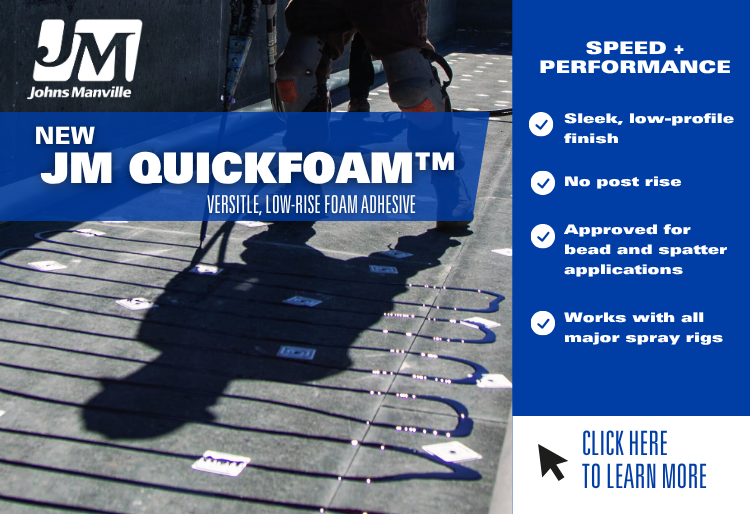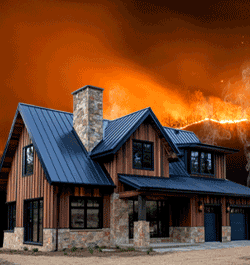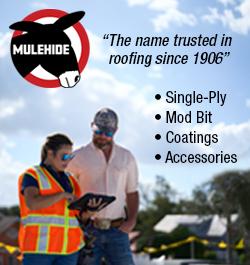Finding the right subcontractors
April 11, 2025 at 9:30 a.m.RCS Influencer Erica Reed says that a successful subcontractor should care about their work, take pride in craftsmanship and treat each property with respect just like your core team.
Hiring, onboarding and managing subcontractors effectively is essential to ensuring consistent quality and professionalism in roofing projects. As a leader in the construction industry, building a dependable network of subcontractors starts with leveraging trusted relationships. One of the best first steps I take is to ask current crews or trade partners, suppliers and manufacturers for referrals. Crews who have worked alongside reliable subcontractors can vouch for their work ethic, reliability and craftsmanship, this vetting process can save time and reduce hiring risks.
Once a potential subcontractor is identified, it's critical to meet them on-site and observe their work in progress, this is a step that you should always take. This gives you a clear understanding of their attention to detail, cleanliness and respect for the property. Do they properly tarp and clean up after themselves? Do they follow safety procedures? Are they drinking or smoking on the job and are they professional. These visual cues are strong indicators of how they will represent your company.
Verifying that the subcontractor adheres to OSHA standards is non-negotiable. Safety must be a priority, not only to protect the crew and property but also to safeguard the business from liability. During onboarding, provide them with clear documentation of your safety expectations, along with job-specific protocols. Having a safety orientation or requiring proof of OSHA certifications can be part of the vetting process, also ask about previous accidents or OSHA violations.
A successful subcontractor should care about their work, take pride in craftsmanship and treat each property with respect just like your core team should. This level of commitment is often seen in how they handle customer interactions, project timelines and unforeseen challenges. These are the crews who go the extra mile without being asked.
Language can be a barrier, so having someone bilingual or multilingual on your team — or within their crew — is extremely beneficial. I'm seeing more Asian crews so it's important to have a means of communication for those that may speak languages other than English or Spanish. It fosters smoother onboarding, better job site communication and builds mutual respect. Using software platforms with translation capabilities for scheduling, task tracking and job updates also creates consistency in messaging and reduces confusion.
Finally, provide your subcontractors with the same tools you give your internal team, access to the schedules, photos and notes, also branded gear and consistent communication. The more connected they feel to your company culture, the more invested they’ll be in delivering to your standard.
To sum it up, prioritize referrals, evaluate their work firsthand, enforce OSHA compliance, value clear communication and make them feel part of your team. Subcontractors who meet these criteria will elevate the quality, safety and consistency of your roofing projects and appreciate that you value them. I hope this helps!
Erica Reed is the vice president of Elite Construction Solutions. Read her full bio here.
























Comments
Leave a Reply
Have an account? Login to leave a comment!
Sign In